
The inadequacy of date labels on perishable foods, which often fail to accurately predict when they become unsafe to consume, can have adverse consequences such as increased food waste and a higher likelihood of foodborne diseases. To address this concern, Benedetto Marelli from the Massachusetts Institute of Technology suggests the adoption of biodegradable food packaging that alters its color, which will provide a visual cue for eaters to identify spoiled food.
Related: Be Aware of These Foods as They Can Cause Food Poisoning
Benedetto and his colleagues took the initiative to create packaging that responds to changes in contents so as to provide a more effective indication of food spoilage.

They developed four films that were similar to plastic wrap, each comprising two layers. One layer incorporated a protein sourced from silkworm silk, whereas the second layer featured one of four covalent organic frameworks (COFs). These COFs encompass carbon and hydrogen, alongside diverse atoms like oxygen or nitrogen, meticulously arranged in a grid-like fashion to allow for material porosity.
Once the researchers had ensured the elasticity, durability, and non-toxicity of all four films for packaging, they proceeded to test their compostability. The film that performed the best showed a 50 percent degradation within 30 days when placed in soil, a level comparable to currently available biodegradable plastics.
Related: Never Buy These Foods From the Supermarket!
When exposed to solutions of varying pH values, the new material underwent a color transformation as a result of proton and electron exchange between the COF layer and the liquid. Taking advantage of the fact that the pH of food rises during spoilage, the team of scientists conducted an experiment using a segment of the film as a clever, color-changing label on a traditional packet of raw chicken. Initially orange, the label transformed into yellow and became 17 percent lighter after 20 hours at 30°C (86°F), signaling the beginning of spoilage.
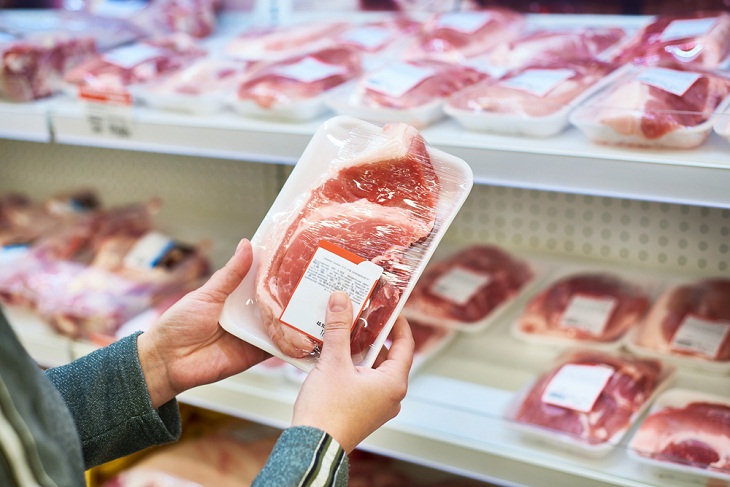
Ultimately, the researchers harnessed the porous composition of the COFs to infuse the film with an antimicrobial compound. They then wrapped soya beans in this film and expose them to extreme heat and humidity. After a span of 15 days, the beans encased in the innovative material displayed approximately one-third the amount of mold growth as beans wrapped in conventional plastic.
Julian McClements, a professor at the University of Massachusetts Amherst, believes that future packaging should change color when spoiled, but in order for this to have a real impact, it must be both affordable and easy to manufacture. Marelli emphasizes that meeting the high standards set by plastic production is a formidable hurdle.
The findings of the team's study were published in the journal ACS Nano.

16 Useful Inventions That You Never Knew Your City Needs!
These cool and awesome inventions have been designed to make the world a much better and easier place.
 12:57
12:57
These Gadgets Will Make Your Car a Lot More Fun
Wouldn’t it be awesome to have one of these cool car accessories?

2023 in Science: Biggest Discoveries You Missed!
Let’s take a look at the most amazing scientific discoveries that made news this year.
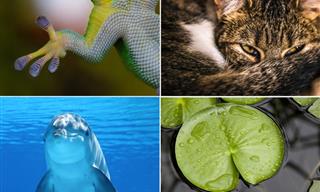
14 Life-Changing Inventions Inspired by Nature
Nature is ever the greatest inspiration for science, and these 14 life-changing inventions are proof.
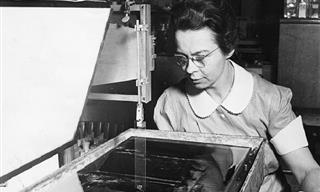
9 Women Inventors Who Have Been Overlooked by History
History has overlooked many great women inventors. Here’s your chance to get to know a few of them.
 4:52
4:52
4 Super Technologies That Started Off as Failed Inventions
Check out how some of the great technological inventions of our time actually started off as failed projects.
 5:07
5:07
The Magical Geometry of Crystals and How It Came to Be
How and why crystals are formed in such distinctive shapes that look like a human must have shaped them.
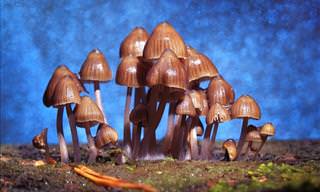
Researchers Claim This Ingredient Can Cure Depression!
A preliminary study has suggested that magic mushrooms may be able to soothe the symptoms of depression. Read here to find out more.

Can One Photo Really Tell How Good Your Eyesight Is?
Scientists say that this single photograph can tell you whether you have good vision or not. Who can you see in the image?
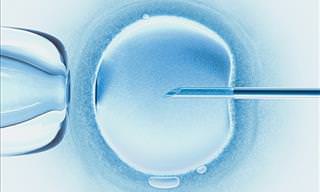
First US Embryo to be 'Edited'; Rise of Genetic Changes!
Could the first human embryos be genetically modified?

Travel From the Sun to Pluto With Our Interactive Guide!
The solar system is a fascinating place, and we wanted to bring you an interactive journey that you can use to travel through it. Enjoy the journey!
 16:55
16:55
Sleep Inventions: 16 Gadgets to Help You Doze Off
If you frequently struggle with sleep, then trying these amazing new sleep innovations could help change your life.

These Engineering Failures Ended In Real Catastrophes
These are 10 of the worst engineering failures in history. These accidents had horrific results, and we must learn from them to never ever repeat them.

These Ancient Inventions Have Got Scientists Stumped!
Here are 12 items from long ago which prove that our ancestors possessed knowledge and skills far more advanced than we once believed them to be.

The Facts You Didn't Know About the Human Body...
Discover 120 fascinating and surprising facts about your body you may not have known. Going over most of the body parts, you will learn so much you never knew about the body we all use.

6 Signs That Someone is Listening on Your Cellphone Calls!
With technology advancing all the time, there is the ever-increasing chance of our phones being tapped. Here are 6 signs that your phone could be tapped.
 5:56
5:56
What on Earth Is a Black Hole? This Video Explains All...
What on Earth are black holes, how do they affect us, and should we be at all worried about their existence? Find out here.
 4:19
4:19
The First Robot Ever Made Was Created 250 Years Ago...
This automaton is pure genius, especially when you consider it was built 250 years ago...

New Study: A Pill that Works Out Your Muscles?!?
New study shows that, though we are not there yet, a pill can and probably WILL come out that works out the muscles and grows them.
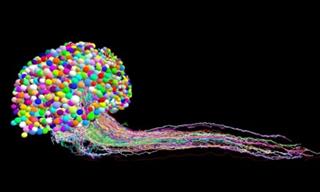
Incredible: First-Ever Complete Map of an Insect's Brain
This incredible project is the first to completely map the brain of an insect, a monumental undertaking even for such a small creature.
 1:11
1:11
The COOLEST Flames in the World - Jaw-Dropping!
Have you ever seen a flame as epic as this? Find out how it's made...
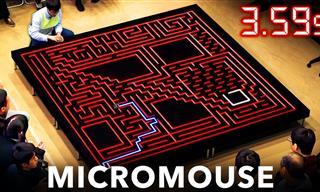
Welcome to the Fastest Maze-Solving Competition Ever Made...
Welcome to Micromouse, a competition for the quick of eyes and the quick of minds. This is the oldest robotics race.

17 Incredible Eye Facts You Have To See To Believe
They say the eyes are the window to the soul, and they also happen to be our windows to the world. Here are 17 insanely fascinating facts about eyes.
 12:55
12:55
Watch This Man Build a Future Using Trash from the Past
In this video, you will see what this incredible community has been able to accomplish by building homes from recycled materials.
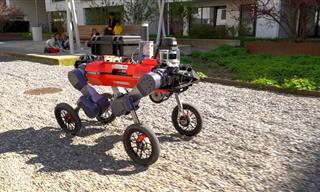 2:52
2:52
New Robots: This Robot Uses Both Wheels AND Legs
This robot can get just about anywhere in little time because it uses both wheels and legs to get over most hurdles.
 3:16
3:16
Discover How Anesthesia Affects Your Body and Mind
If you were ever curious about how exactly anesthesia works, then this video has all the answers!

20 Incredible Inventions That We Have Completely Lost
Here are some of the most amazing ideas and inventions we have ever seen. But, sadly, all of them have been lost to science in the mysterious mists of history.

8 Lies We've Been Told About Electricity
These incorrect facts about electricity have been perpetuated long enough. It's time to disprove them.
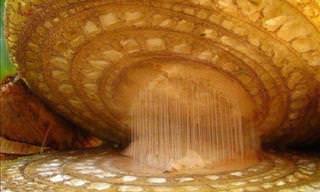
When Under a Microscope, Even Ordinary Things Seem Alien
Have you ever given any thought to what every day things look like under a microscope? Some of these images are truly beautiful - see for yourself in the images below.
 8:14
8:14
What Would You Do if You Had an Extra Thumb?
This revolutionary invention has the potential to revolutionize the field of prosthetics.
 2:23
2:23
Introducing the Astronauts That Were Just Launched Into Space
The two astronauts — veteran NASA fliers Bob Behnken and Doug Hurley are honored to have been on this flight. Let's get to know them!
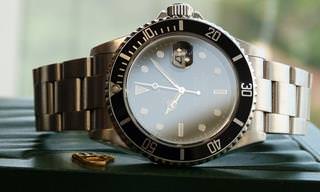
Wonder Why Time Speeds Up As You Age? Here's the Answer
We all get the sensation that time moves faster as we get older, but there are scientific reasons for that. Read on to learn about this fascinating phenomenon.
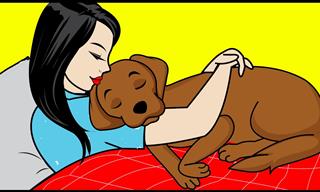 7:00
7:00
How To Be Sure Your Dog Adores You
10 scientific ways to know if your dog loves you
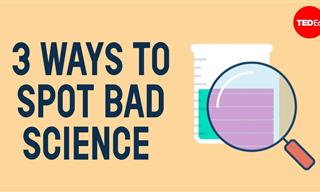 5:48
5:48
3 Surefire Ways to Always Identify Pseudoscience
Find out how you can identify pseudoscience, and learn how it differs from actual science.

2023 in Science: Biggest Discoveries You Missed!
Let’s take a look at the most amazing scientific discoveries that made news this year.
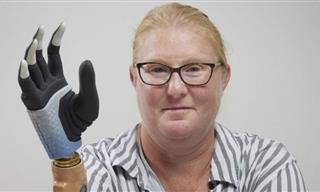
Incredible New Bionic Arm Fuses With Woman's Nerves
Karin's bionic hand is real sci fi, making her one of the first true cyborgs.
 13:38
13:38
24 Smart Storage Inventions You Didn't Know You Needed
These super useful inventions are designed to make you help space!

25 Feats of Engineering that Leave Everyone Amazed
The amount of planning and sheer brain power it took to design and execute these structures, proving once again that there are true geniuses out there.
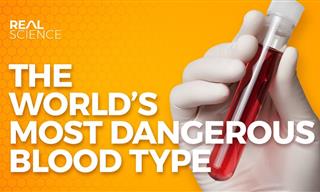 12:35
12:35
The World's Most Dangerous Blood Type
Today we will discuss the most dangerous blood type to have, the one you cannot get an infusion for. Let's delve right in and learn about this rare blood type.

These Will Give You True Perspective About Our World
Just to give you an idea of how big the Earth really is in true perspective to all the other heavenly bodies up there in the cosmos.

Take an Incredible Tour of Our Colossal Milky Way Galaxy
Fly Through the Milky Way Galaxy!

New Study: There is a Sure Way to Slow Aging
This new study confirms what has long been suspected: The less calories we consume, the slower we age.
 54:17
54:17
Science Philosophy: What is the TRUE Nature of Time?
Join us as we journey through theories, discussions, and insights that challenge our perceptions and broaden our understanding of time itself.
 16:28
16:28
This Secret Invention Changed the Course of WW2
Let’s take a closer look at the proximity fuze, also called Vt Fuze, an invention that changed the course of the second World War.

This Humanoid Robot May Join the Workforce Very Soon...
Meet Digit – a bipedal robot that's ready to join human workers at warehouses around the world as early as 2024.
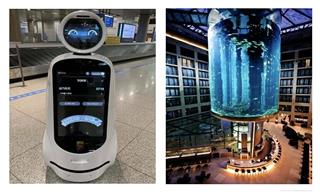
Is It 3024 Already?! – 14 Wildly Futuristic Things
These revolutionary ideas are about to change our world.

20 Useful Facts About the Science of Cooking
The science behind cooking is not often thought of, but it plays a crucial role in a dish turning out right. Here are 20 facts on the science of cooking.


